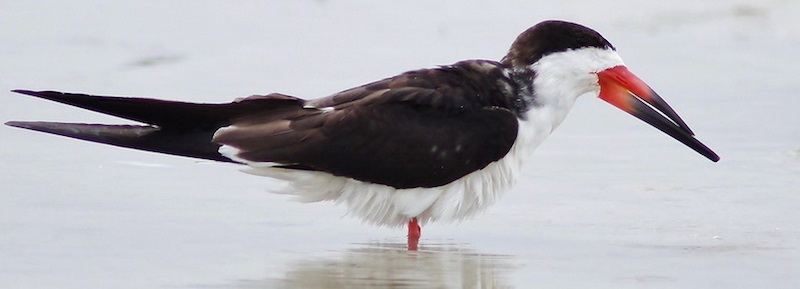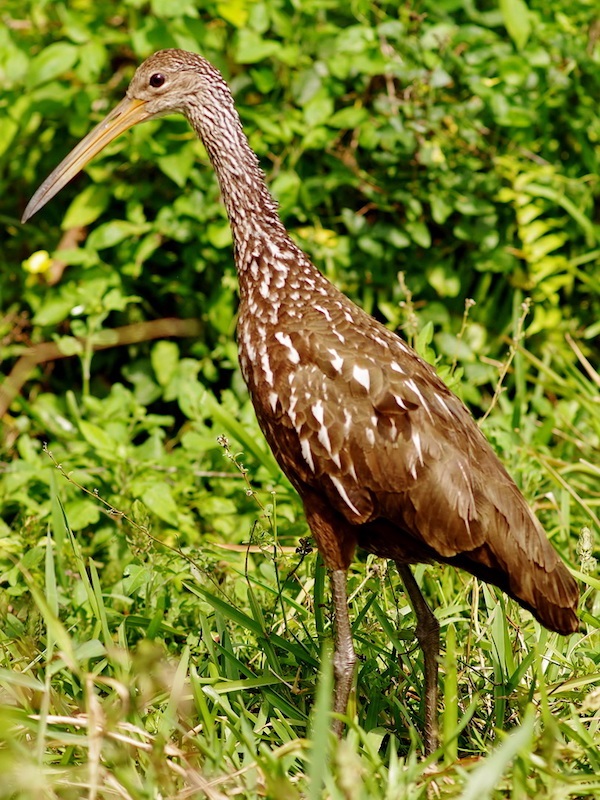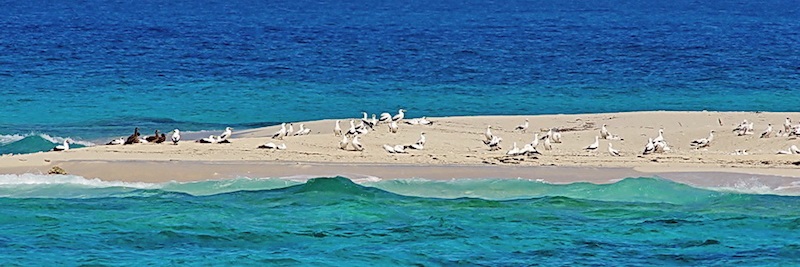Florida has been called a tropical peninsula attached to a temperate continent. It is the second-largest state east of the Mississippi River, with more than 34 million acres (54,000 square miles). Thanks to what was the most aggressive public land acquisition program in the world, one-quarter of the state is protected as public conservation land, with other land protected privately. Up until 2010 Florida spent about $300 million annually to purchase environmentally sensitive lands.
Because of its climate, hundreds of miles of beaches, and innumerable theme parks, Florida’s environment has been under siege from massive immigration for more than 60 years. The state’s population has grown enormously, from under three million in 1950, to nearly nineteen million people in 2010. More than 250,000 immigrants are expected to move to Florida each year through this decade. Florida is expected to soon surpass New York as the third most populous state in the U.S. According to Defenders of Wildlife, Florida is the most threatened state in the country, and was the only state to receive ‘extreme’ ratings for every category measured (i.e., overall risk, ecosystem risk, species risk, development risk, development status, and development trend). Florida contains more endangered ecosystems than any other state (nine).

Florida is naturally divided into three regions: the Panhandle, Peninsula, and the Keys. For those birders searching for Florida Specialties—those species that are mostly or entirely limited in the US to Florida, there is no need to travel north of the central Peninsula. Although the Panhandle and northern Peninsula offer excellent birding opportunities, the species found in those regions also occur in much of eastern North America.
Those who want to see Roseate Spoonbills, Snail Kites, Mangrove Cuckoos, Florida Scrub-Jays, Black-whiskered Vireos, and the established exotics should spend their time south of the Orlando area, and should plan on a trip to Dry Tortugas National Park. Seven to 10 days in southern Florida (including two or three days at the Tortugas) between 20 April and 10 May should be sufficient to allow virtually all the Florida specialties to be found. This 20-day period also usually corresponds with the height of spring migration of land birds through the state.

Among all 50 states, Florida is the fifth most species-rich, and is the most species-rich state east of the Mississippi River. Florida’s high degree of avian richness can be explained by several factors: its relatively large size, great diversity of temperate and sub-tropical habitats, proximity to the West Indies, and long history of ornithological exploration. Florida is critically important in spring for tens of millions of Neotropical migrants, which fly several hundred miles non-stop from Central or South America, and often drop down at the first available land sighted. In fall, the shape of the peninsula funnels migrants from throughout eastern North America, from which they migrate south to winter in the West Indies or Tropical America.
In addition to supporting the most diverse native avifauna of any eastern state, the ‘richness’ of Florida’s exotic avifauna is perhaps unsurpassed among the states (the number of exotic birds observed in California has never been tallied).

While birds are undoubtedly the biggest draw for naturalists from home and away Florida’s fauna is rich and varied from mammals like Bobcats, Muskrats and Racoons and many snakes, alligators and other reptiles and amphibians and wonderful butterflies and other insects thriving in the almost tropical climate.
Unfortunately it is also the US ‘exotics’ capital with many species from European Sparrows and South American parrots to Burmese Pythons and Nile Monitor, with a quarter of all vertebrate species having been deliberately or accidentally introduced!
Nevertheless, Florida is a must-visit destination for US birders as well as visitors from all over the world.
Major Source: Fatbirder
Map Source: Googlemaps™
Photo Source: Birding Ecotours

